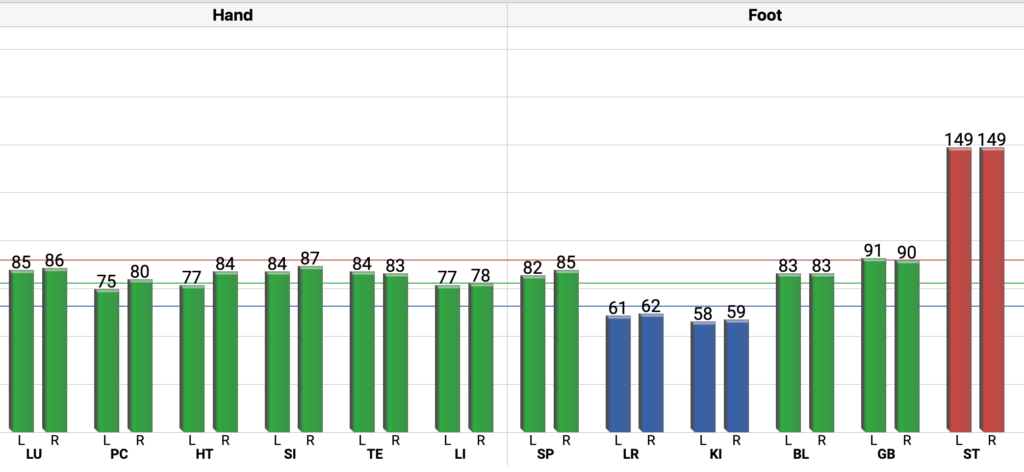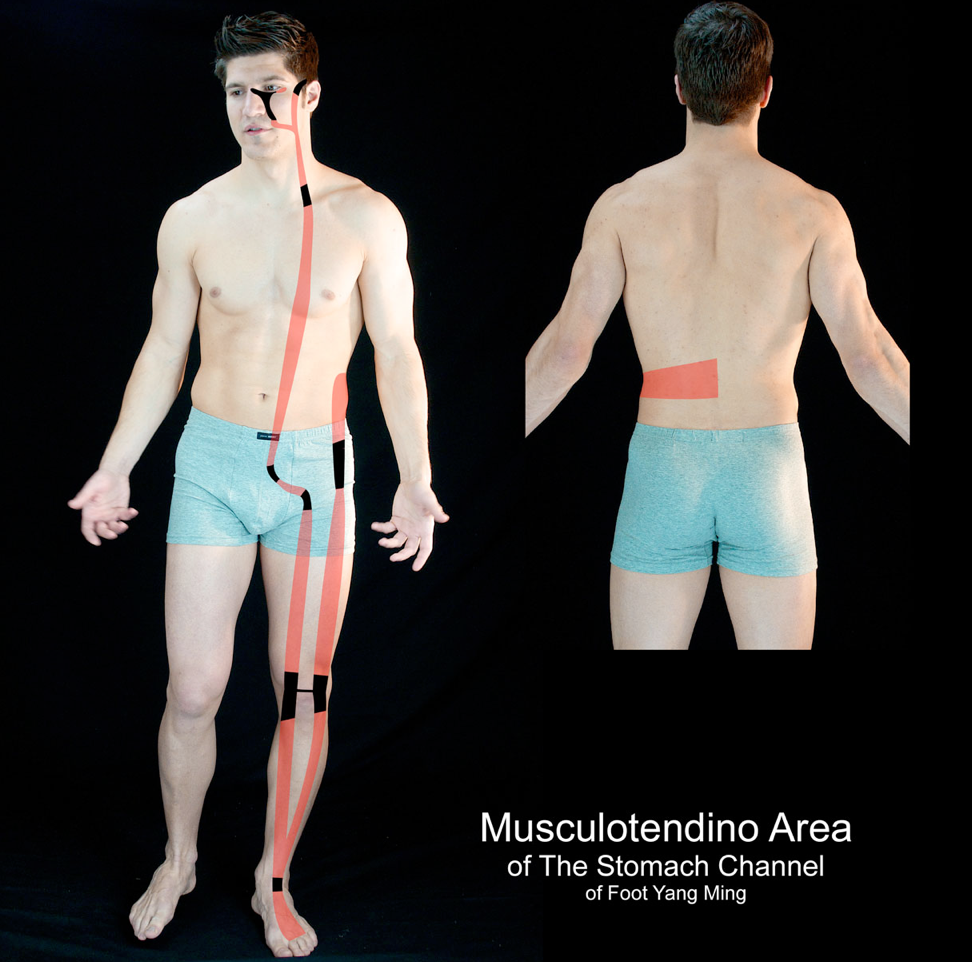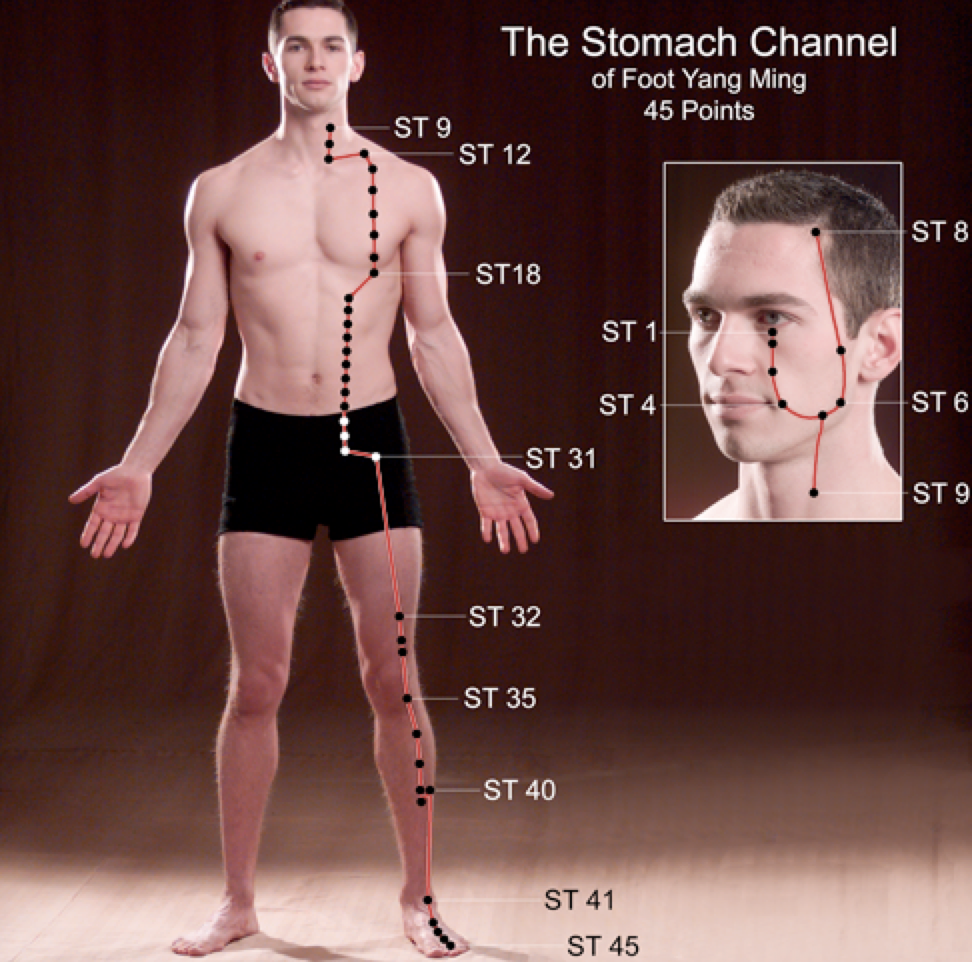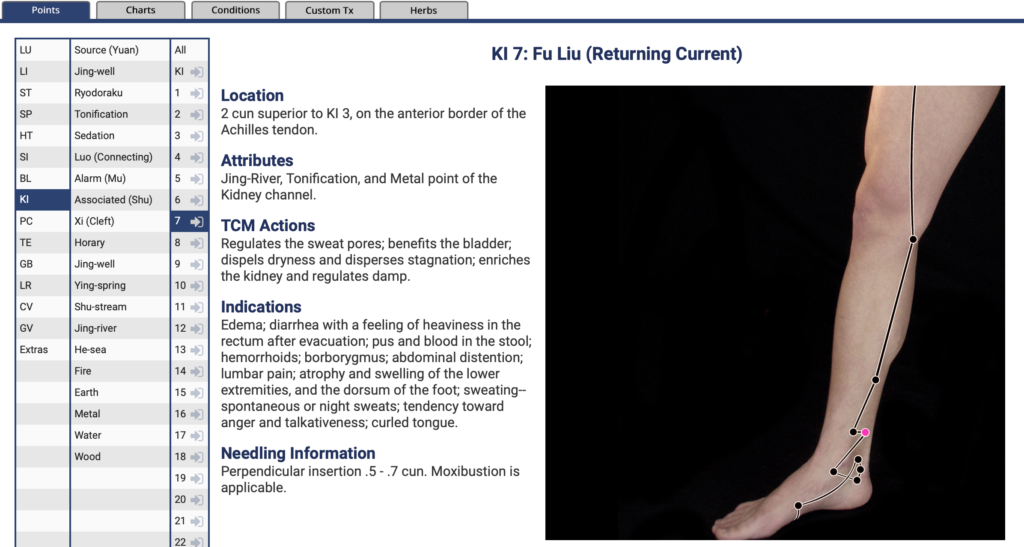Hi there! My name is Dr. Mackenzie Agnew, and I’m a practicing acupuncturist in Alberta, Canada.
Technically I have Celiac disease, so I cannot have bread and butter (unless its gluten free (GF), of course), but I’m here to tell you that AcuGraph is the (GF) bread and butter of my acupuncture practice. Not to be dramatic, but I’m pretty sure I would not survive without my Acugraph. Is there such thing as AcuGraph dependence?!
My Journey to Chinese Medicine
It was love at first sight back in 2008 when I laid eyes on an Acugraph for the first time in Dr. Jared McCollum’s Acupuncture clinic, Healing Elements. At this time in my life, I was stealing IKEA instruction manuals from my parents and pretending it was “homework” and forcing my 5 year old sister to sit through me lecturing her on how to do long division. You could say I have always been a nerd. So, seeing a chart full of numbers, concepts, and new words about my own body was absolute MAGIC to me.
Time-travel back with me, if you will, to that day 14 years ago where my journey began. I was sitting in Dr. Jared McCollum’s office, my feet dangling off the chair because my legs were too short to reach the ground. I was having daily, excruciating migraines (thank you, puberty, for the fluctuation in hormones). They were so debilitating that I was forced to miss school. My mom had always preferred a more holistic route when it came to medicine, so it was only natural that I eventually ended up at my first acupuncture appointment.
After I explained my symptoms to Dr. McCollum, he handed me the metal AcuGraph grounding bar and told me he was going to perform an exam to find what was out of balance in my body. My eyes bulged out of my head as I saw numbers start to flood the screen and my first ever graph was born.
Looking back, I imagine my brain looked like one of those Bugs Bunny cartoons where smoke was coming out of the top of my head. My mind was blown! I remember reading my chart over and over again. I was so deeply fascinated with the ability to see what was happening within my body. Even though I was only 12 years old, seeing the graph in all its colored, detailed glory just lit up my world. Dr. McCollum built a treatment plan based on my graph, and a few treatments later, I was 100% migraine free (and have been ever since!)
Little did I know, this was the beginning of my journey with Chinese Medicine!
My Life with AcuGraph Today

14 years later, I own my own thriving acupuncture practice, and I use AcuGraph daily to deepen my treatments and help my patients understand what is happening in their systems. Again, AcuGraph is the (GF) bread and butter of my practice! I now sit on the other end of the metal rod, lighting up the brains of my own patients who get to use AcuGraph to navigate their own health journeys. What’s more, here I am writing a blog post for the exact company that sparked my analytical mind with AcuGraph all those years ago. Who would have thought?
In school we didn’t practice with an AcuGraph, of course. Our training was solely based on the patient’s chief complaint, other symptoms, and tongue and pulse readings. This method is powerful, and it’s still how my brain diagnoses and treats patients—HOWEVER—when I add in the AcuGraph, it’s a next level treatment. I use Acugraph as a tool to guide my diagnosis, as well as a visual to help my patients understand Chinese medicine AND what is happening within their system.
Deeper, More Thorough Treatment
In today’s society, we thrive on evidence-based science and objective visual findings to accept something as true. That is why AcuGraph is such an important key to providing quality care.
Let me provide an example of what a treatment might look like without AcuGraph, and what it might look like WITH AcuGraph.
Example A: Without Acugraph
Patient is a 38 year old female, long distance runner, mother of 3. She is coming in due to night sweats so severe that she needs to change her sheets in the night, 3/10 lower back aching, constipation, and fatigue all of the time. Her tongue is normal colored with no coat, her pulse is floating, empty.
Based on her symptoms, and with a few further questions, I would diagnose her with Kidney Yin Deficiency.
Example B: WITH Acugraph
Patient presents with the same symptoms as above, but after performing her exam, this is what I see.

According to her graph, there are Kidney Deficiency signs, but I also see some presence of liver. So I ask her specific questions about symptoms related to Liver Deficiency, and it turns out she has many! After probing, she expresses that she also has dry eyes, diminished night vision and constant floaters in her eyes.
I also notice on her graph that she has some excess in her stomach meridian. Because of this, I ask her some general stomach pattern questions as well. Other than constipation, she doesn’t seem to present with any excess stomach symptoms. I am then able to click on the stomach meridian on her graph and show her what the stomach channel looks like, and where it passes through the body. I ask if she has any discomfort in those areas and she confirms that YES, she often gets knee pain and jaw tightness!

So, this helps me get down to the real root of her problem. Thanks to AcuGraph, I can make my diagnosis even more specific, and my treatment far more powerful. She can’t believe I was able to see things that she hasn’t even mentioned. You see, she had gotten used to the discomfort after experiencing it for years. She asks if I am psychic, and I proudly say, “Nope, its all just here in your graph!”
So now, instead of treating this patient for Kidney Yin deficiency, I am going to treat her for Liver and Kidney Yin deficiency, and I’m also going to work on her Stomach Meridian to open the channel and stop pain.
Welcome to the Gluten Free Bread Train
My biggest passion in my practice is to get down to the root of someone’s problems and help them truly heal. Whenever a patient tells me their concerns, I always think, “WHY?” Why are these symptoms presenting? What is the body lacking, asking for or needing help with? I will never be a practitioner that just looks at the patient’s presenting symptoms and then does an “okay” diagnosis and treatment. I will ALWAYS ask deeper questions, and I will ALWAYs use my Acugraph as a tool to show me what often might be missed through subjective human assessment.
So now that I’ve got you on the gluten free bread train, a.k.a the AcuGraph obsession (its a real thing!), I’ll show you a typical day of how I would implement the graph. And maybe since I am procrastinating doing my taxes (is there a needle for that?!) I’ll also share the 3 features that I love MOST about Acugraph.
Imagine This Scenario…
A patient comes waltzing into the clinic, the birds are chirping, and the neighborhood kids are laughing. It’s a great day for an acupuncture treatment. Just kidding, let’s be real. A red faced 70-year-old man limps into the clinic, while shouting at the neighborhood kids for being too loud. A.K.A, liver yang rising walks into the clinic (Ha!).
After greeting the red- faced man (who is actually a very kind man), he fills out his intake forms and written consent, and I guide him into the intake room where we proceed to perform an initial assessment. During the first appointment I spend the majority of the session asking detailed questions so that I can have a deep understanding about the patient’s health history and current state. Then, the exciting part happens. I perform an initial AcuGraph exam to take a general baseline of his meridian energetics. This is the pivotal moment in the initial session, in which I am given the opportunity to explain how Chinese Medicine works and what I can do to help restore balance in his body and address his symptoms—and, of course, the graph is the most amazing and clear tool to help this process.
If the kind man wants to proceed with my care, a first treatment is then provided. At my clinic, I mainly treat my patients with acupuncture, but I use a multitude of modalities such as cupping, herbology, nutrition, and physical training. Acupuncture is not the only way to correct the imbalances in the chart. Chiropractic care, lifestyle changes, diet, and many other modalities are very successful ways of reaching homeostasis within the system. But no matter the treatment type, the graph is able to display healing progression.
After the first AcuGraph exam, I send a copy of the graph with a report of findings to the patient. Depending on the patient, the number of follow up treatments and the treatment plan differ. You may think that the initial AcuGraph assessment is the most mind-blowing, but it actually becomes more and more interesting for the patients as they return for follow up appointments and are able to track their healing!
My TOP 3 Favorite AcuGraph Features:
Obviously, as you can tell, I am obsessed with AcuGraph. But for fellow practitioners who may be on the fence about it (and hopefully laughing at some of my lame jokes), I want to share the 3 top features of AcuGraph that I think would also be of benefit to YOU.
1) Illustrations of the Meridian Pathways
I love the diagrams of the meridians; they are so clear and make it so easy to show the patient where the channel runs, and its relationship to their pain, injury, or discomfort.

2. The Reference Section for AcuPoints
There is an amazing section in AcuGraph that I use daily during my charting! it’s called the “Reference.” This section has all the acupoints, their locations, indications of when to use them, and their contraindications. I find this extremely helpful during charting when I can’t remember where a specific point is, or the tiny differences between two points. It’s a quick and easy reference guide that I use multiple times a day to refresh and perfect my point location on those tricky points that are easy to forget when you’re no longer a full time, studying student.

3. The Report of Findings
AcuGraph’s report of findings is automatically generated after you take an exam. It goes over the patient’s graph and describes potential symptoms AND the planned course of treatment. You can either print it out and give it to your patient physically, or email it to them! It is all created within the software, so you do not need to do anything other than click “send!” There is also an option to alter this document if needed. I designate time with each patient to go over their individual graph and what it means, but it is nice to send the patient home with something to read about and deepen their understanding of Chinese Medicine—and their body specifically.
Well, there you have it, just me confessing my burning love for AcuGraph! If you aren’t using this amazing tool yet and you’re interested in learning more, I’d love to chat with you. You can find me and send me a personal message on Instagram at https://www.instagram.com/kenzifitness/ Or, you can always reach out to the team at Miridia Technology with the info below.
Email: help@miridiatech.com
Phone: 208-846-8448
I’ll talk to you soon, in my next blog post!
Dr. Mackenzie, Dr. Ac.
